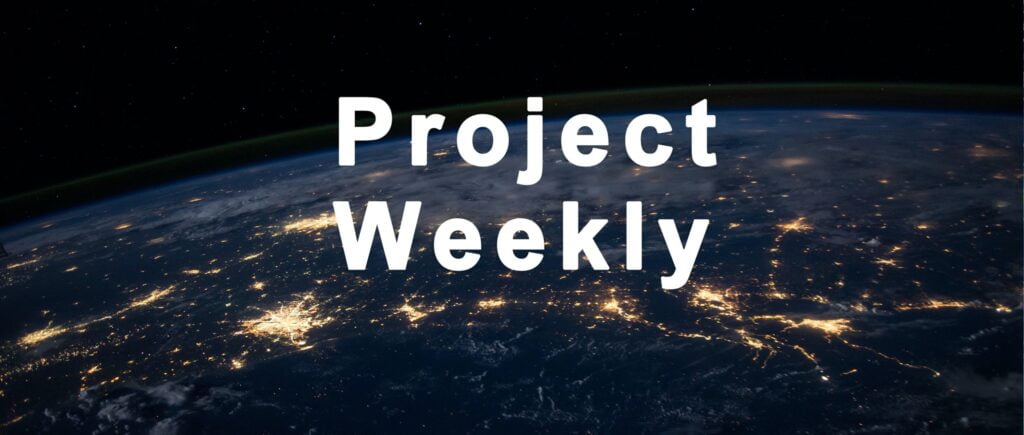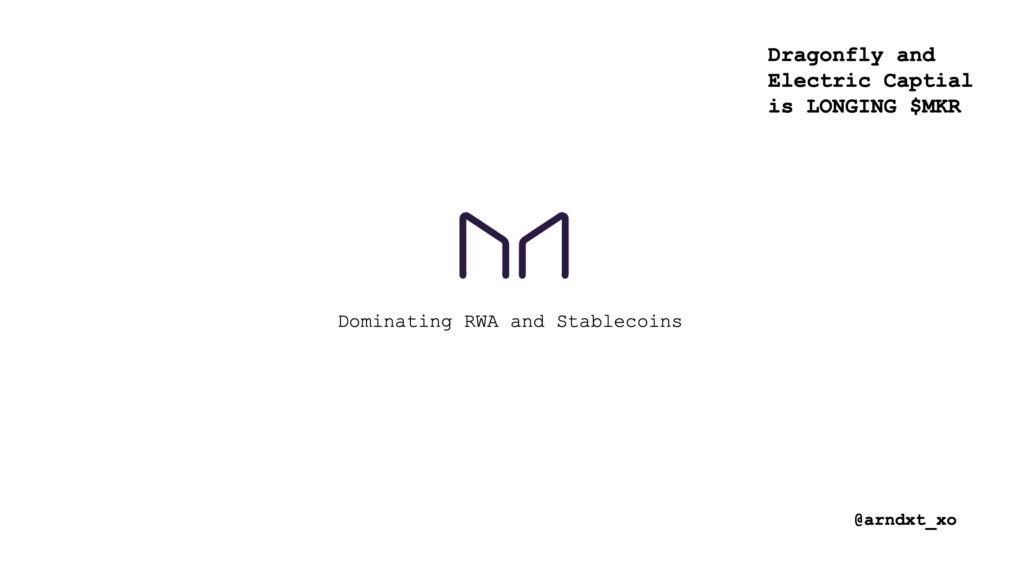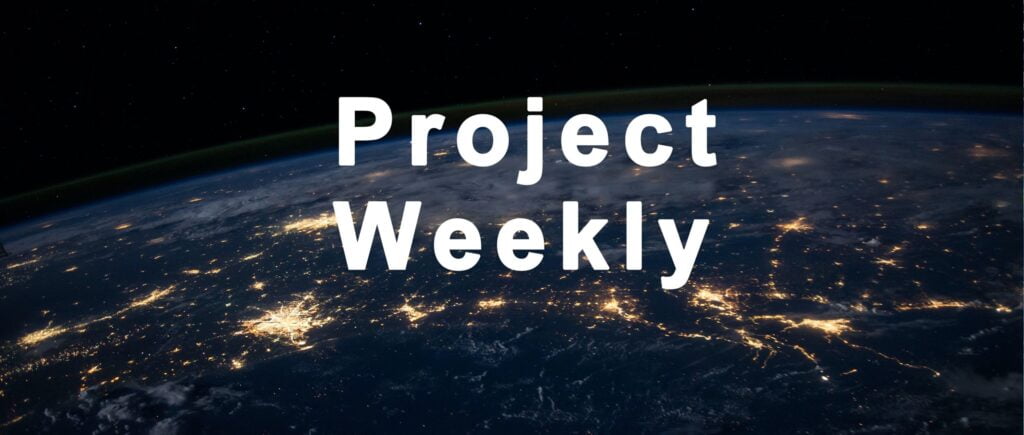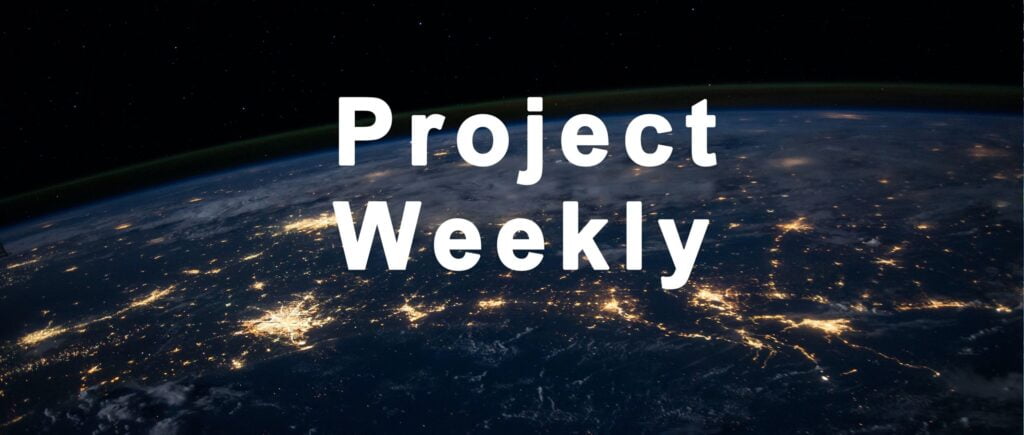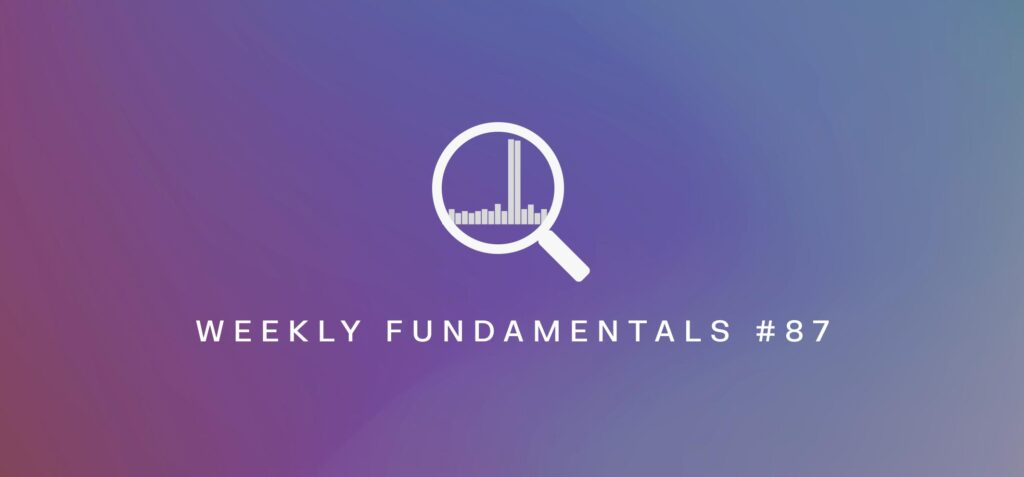Research Summary
The report discusses the integration of Real World Assets (RWAs) into DeFi protocols by MakerDAO, Frax Finance, and Aave. It explores how RWAs contribute to the stability and efficiency of these protocols, the risks involved, and the potential for bridging traditional and decentralized finance.
Key Takeaways
Integration of RWAs into DeFi Protocols
- Enhancing Stability and Efficiency: MakerDAO, Frax Finance, and Aave have integrated RWAs into their DeFi protocols. RWAs are used as collateral, contributing to the stability of these protocols and enhancing their efficiency. For instance, MakerDAO uses RWAs as collateral for its stablecoin DAI, while Frax Finance uses them to stabilize its stablecoin FRAX.
- Countering Cyclical Nature of On-Chain Yields: The adoption of RWAs in DeFi can counter the cyclical nature of on-chain yields by leveraging the inverse demand relationship between crypto-native and off-chain assets. This can create a more stable yield environment in DeFi.
Risks Associated with RWAs
- Overreliance and Susceptibility: RWAs introduce risks of overreliance on off-chain assets and susceptibility to real-world economic policies and regulations. DeFi protocols with RWAs also face default risks, as seen with the default of Hanhwa AUS Pty Ltd and Hanhwa New Zealand Pty Ltd in August 2023, which impacted the DAI stablecoin.
- Asset Redeemability and Trust: Asset redeemability is a concern for DeFi protocols using RWAs, as traditional financial assets may not be as liquid or accessible as crypto-native assets. These protocols also rely on centralized third parties for acquiring and custodying RWAs, introducing trust and financial cost risks.
Revenue Generation and Efficiency
- Significant Revenue Contribution: RWAs form a significant part of MakerDAO’s economic model, contributing to 48% of its estimated annualized revenue. The revenue share from RWAs has historically outpaced their collateral share in DAI issuance, indicating higher revenue efficiency from RWAs.
- Efficient Collateral Ratio: RWAs in MakerDAO maintain a 100% collateral ratio, which is more efficient compared to other collateral types like ETH, stETH, and WBTC, which require higher ratios to mint the same amount of DAI.
Future of RWAs in DeFi
- Bridging Traditional and Decentralized Finance: The successful implementation of RWAs in DeFi could expose users to mature traditional financial products, bridging traditional finance and decentralized finance. However, the tokenization of RWAs is anticipated to progress into sandboxed environments as issuers continue to explore the capabilities of blockchain technology for their specific needs.
Actionable Insights
- Exploring the Potential of RWAs: DeFi protocols should explore the potential of integrating RWAs into their systems to enhance stability and efficiency. However, they should also be aware of the associated risks, such as overreliance on off-chain assets and susceptibility to real-world economic policies.
- Considering the Role of Third Parties: DeFi protocols should carefully consider the role of centralized third parties in acquiring and custodying RWAs. While these entities can facilitate the integration of RWAs, they also introduce trust and financial cost risks.
- Monitoring the Evolution of RWAs: Stakeholders should monitor the evolution of RWAs in DeFi, as they have the potential to bridge traditional and decentralized finance. As the development and composability of RWA tokens improve, more DeFi protocols may begin to accept RWA tokens for various utilities.




